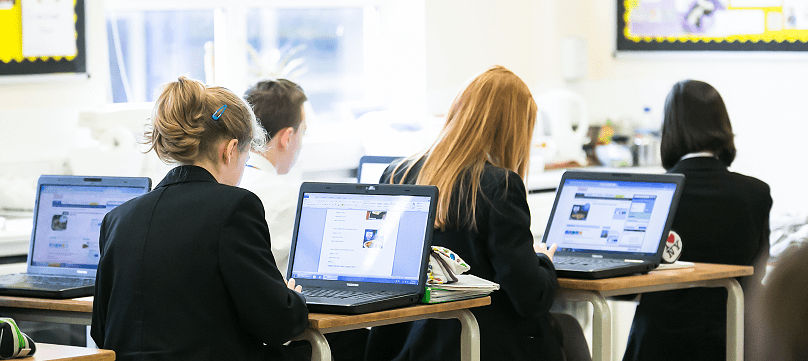
Top tips for minimising classroom disruption
Published
Monday, 3 October
Author
Mark Rosser
Categories
Blog
Member News
October
Share
Low-level disruption can significantly impact a lesson; whether it is friends passing notes, talking off-topic, chair rocking and fidgeting, all these things can cause interruption during lesson time and disturb other students’ learning. Despite these factors appearing minimal, if low-level behaviour isn’t dealt with right away then it can become more serious and could result […]
This content is restricted to BESA members
LoginNot yet a member?
Become a part of the BESA community and unlock exclusive business advantages, including:
- Trusted provider status to enhance your industry credibility
- Exclusive discounts on major exhibitions and events
- Access to vital sector insights with resources like the BESA Barometer and Compass reports
- Networking opportunities with industry leaders
- Exclusive business benefits designed to help your organisation thrive
Join now and take advantage of BESA's membership benefits to stay ahead in the industry.
Become a member